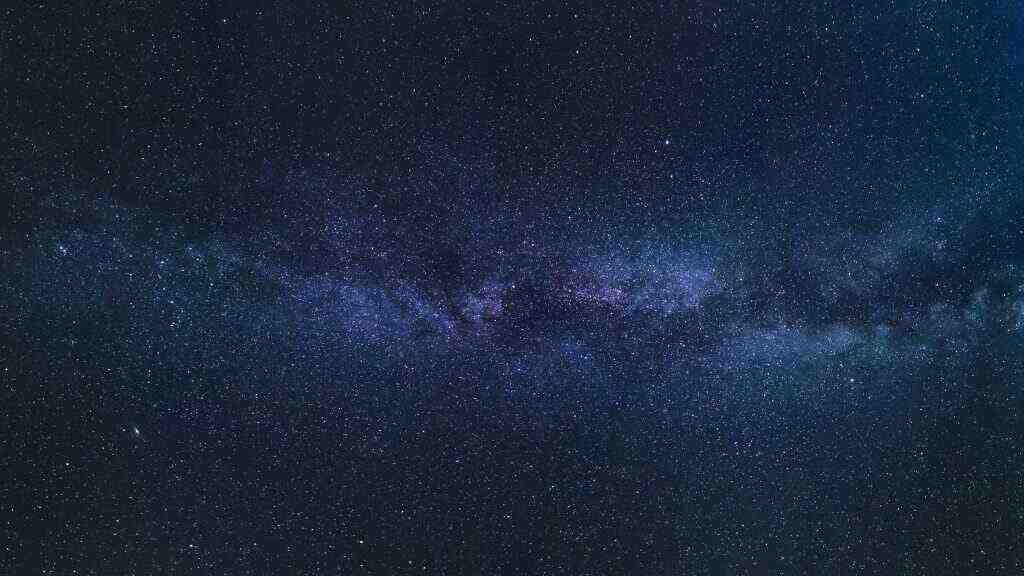Unveiling the Flatbread Galaxies of the Early Universe: A Comprehensive Exploration of Cosmic Structures Through the Lens of the James Webb Space Telescope
A Journey Through Time and Space
In a captivating voyage into the depths of the cosmos, a team of dedicated researchers from Columbia University embarked on a mission to unravel the mysteries surrounding the morphologies of galaxies in the early universe, a realm shrouded in cosmic history. Armed with the awe-inspiring images captured by NASA’s James Webb Space Telescope (JWST), they embarked on a quest to decipher the secrets held within these celestial breadsticks.
A Universe of Flatbread Galaxies
As they meticulously analyzed the near-infrared images provided by the CEERS Survey, a revelation emerged – galaxies in the early universe often exhibited a striking flat and elongated structure, resembling cosmic breadsticks. This discovery challenged prevailing notions, as such flattened galaxies are rarely observed in the present-day universe.
The Prevalence of Flattened Galaxies
The research team’s findings revealed a remarkable prevalence of flattened galaxies in the early universe. Statistical analysis indicated that a substantial proportion, ranging from 50% to 80%, of the studied galaxies displayed this unique elongated morphology.
A Surprising Discovery
The ubiquity of flattened galaxies in the early universe came as a surprise to the researchers. In the present-day universe, such galaxies are relatively uncommon, constituting only a small fraction of the observed population. This stark contrast between the early and present-day universe raised intriguing questions about the evolutionary processes shaping galactic structures.
Probing the Formation and Evolution of Galaxies
The research team recognized the significance of their findings in shedding light on the formation and evolution of galaxies. The observed prevalence of flattened galaxies in the early universe hinted at distinct physical mechanisms driving their development. These mechanisms may differ from those responsible for the formation of rounder galaxies, which dominate the present-day universe.
Potential Drivers of Flattened Morphologies
Several factors could potentially contribute to the formation of flattened galaxies in the early universe. One possibility lies in the interactions between galaxies, often referred to as mergers and interactions. These cosmic encounters can lead to the elongation of galactic structures, resulting in the observed breadstick-like shapes.
Environmental Influences
Another plausible explanation involves the influence of the surrounding environment on galaxy formation. The distribution of dark matter, a mysterious and invisible substance that permeates the universe, could play a role in shaping the morphologies of galaxies. The presence of massive dark matter halos can exert gravitational forces that influence the growth and structure of galaxies.
The Significance of Galaxy Morphology
The study of galaxy morphology holds immense significance in understanding the universe’s evolution. The shapes of galaxies provide valuable clues about their formation and assembly history, as well as the physical processes that govern their behavior. By studying the morphologies of galaxies in the early universe, researchers can gain insights into the initial conditions and subsequent evolution of these cosmic structures.
Conclusion
The Columbia researchers’ analysis of JWST images has unveiled a captivating panorama of flatbread galaxies in the early universe, challenging our understanding of galaxy formation and evolution. The prevalence of these elongated structures raises profound questions about the physical mechanisms shaping galactic morphologies and the cosmic history that has unfolded over billions of years. As future observations and theoretical studies continue to delve into these mysteries, we inch closer to unraveling the intricate tapestry of the universe’s origins and evolution.
Call to Action
The discoveries made by the Columbia researchers have opened up new avenues for exploration in the realm of galaxy formation and evolution. As the James Webb Space Telescope continues to unveil the secrets of the early universe, we can anticipate further revelations that will deepen our understanding of the cosmos. Stay tuned for more exciting findings from the frontiers of astrophysics!
